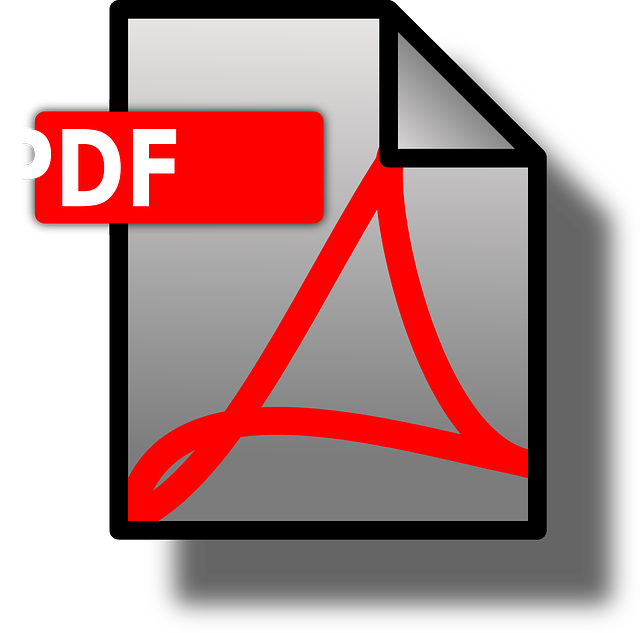PDF (Portable Document Format) is one of the most sought-after business tools. PDF files or documents are universally compatible, meaning they can be opened and viewed by anyone on any operating system. PDFs are a secure way to share data and are accessible to a broader audience. Extracting data from PDFs enables you to reorganize your data based on your needs more efficiently.
However, PDF data extraction isn’t as simple, especially when handling bulk files. Doing it the wrong way may result in delays, cost overruns, and errors that could significantly affect your bottom line. This article outlines five ways to extract data from PDFs.
1. Automate PDF data extraction
Using automated data extraction software is one of the most reliable and fastest ways of extracting data from multiple unstructured PDF files. Automated PDF data extraction software can handle native PDF documents and scanned files. This software uses a combination of OCR, AI, pattern and text recognition, and other strategies to extract data at scale while ensuring accuracy. This system is dependable, competitively priced, efficient, scalable, and secure.
An automated data extraction solution eliminates human error and provides real-time updates. When looking for automated data extraction software, ensure it has a PDF editor function that allows you to encrypt documents, modify text, add form fields, edit images, and more.
2. Copy and paste
Copying data from a PDF file and pasting it wherever you want is one of the simplest data extraction methods you can leverage, primarily when working with a few documents. While this PDF data extraction method might be simple, it has a high risk for errors, and you may have to re-arrange your data manually.
The copy-and-paste method is time-consuming and may lead to low productivity. Copying PDFs and pasting them on your preferred location might not be ideal when processing many documents.
3. Use a PDF converter
A PDF converter is an excellent way to extract PDF information into an editable format where you can analyze it quickly while ensuring data quality and security. It uses text recognition technology to convert PDFs into JPEG, SOCX, Word, and other formats. You can get these converters in mobile apps, online-based, or software forms. With a PDF converter, you can manage data in-house while ensuring efficiency and speed. You can use pdfforge.org to convert your documents & images into pdf form.
Adobe, SmallPDF, PDFtoExcel, Simply PDF, and Power automate are some of the PDF converter tools you can use. PDF converters’ functionality is limited, and extracting content in bulk might not be possible. Additionally, PDF converters only function with native PDFs. However, they’re affordable and easy to find online.
4. Leverage PDF table extraction tools
PDF files may have images, figures, and texts whose data is in tables. Extracting these tables from PDF documents might be challenging. Luckily, table extraction tools like Tabula, Docparser, Pdftables, and Camelot can enable you to transfer the data in the tables into various formats.
5. Outsource manual data entry
If you process a vast number of PDF files, outsourcing manual data entry might be an excellent alternative because handling them in-house might be costly and unsustainable in the long term. It’s a quick and affordable method of extracting data from PDFs. You can find data entry professionals on Upwork, Fiverr, and other companies offering these services online.
Endnote
PDF data extraction allows you to reorganize your files efficiently. Use these tips to extract data from PDFs.

